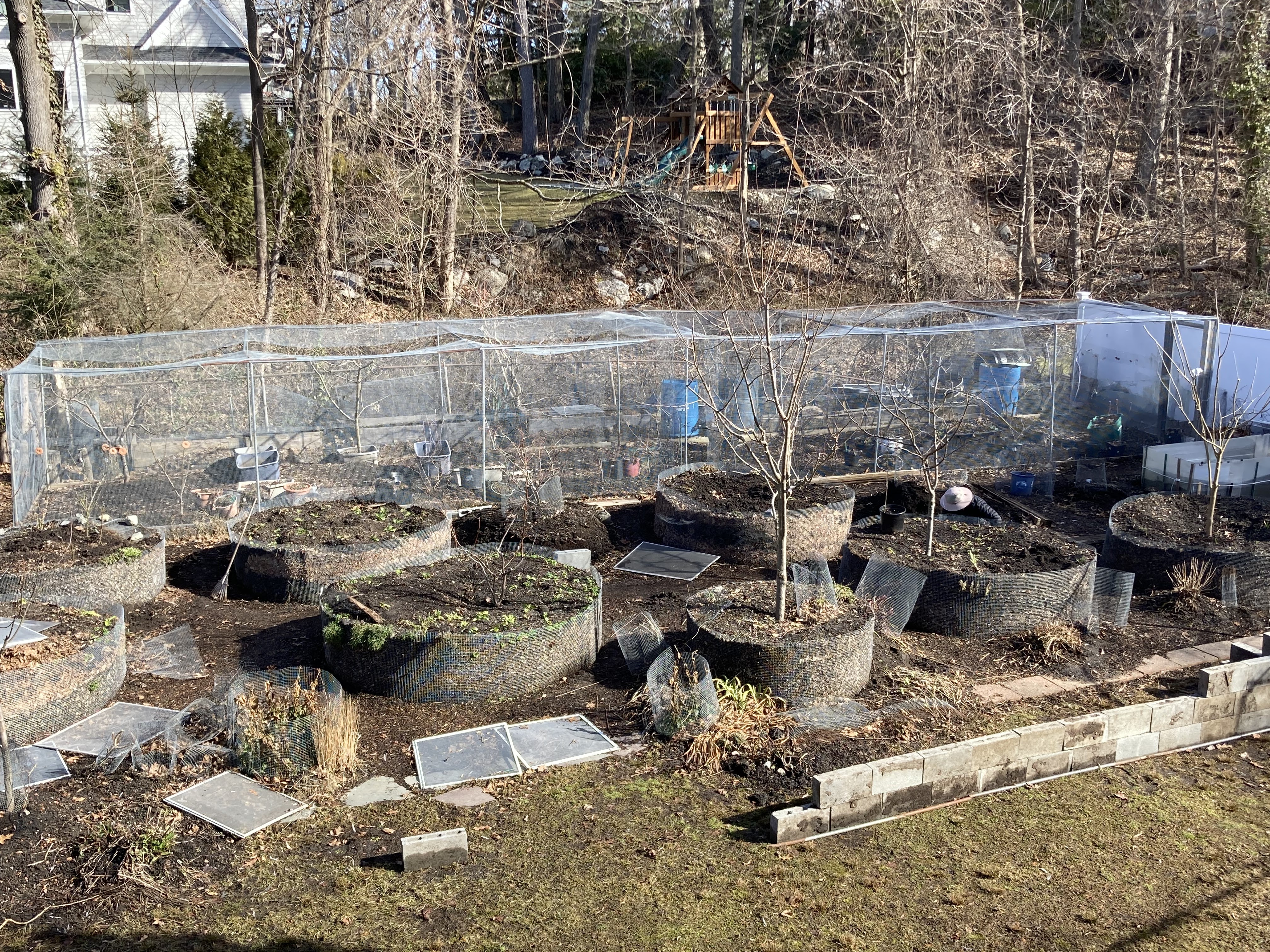By Richard B. Primack
“Not only the channel but one or both banks of every river should be a public highway.” Henry David Thoreau in his Journal.
The Upper Charles River Reservation, one of Newton’s open space gems, is home to the Charles River Greenway, running for miles along both sides of the river from Watertown through Newton and Waltham to Commonwealth Avenue. The Greenway, opened to the public around 1992, is now around 30 years old!
 |
| Photo 1: A view of the river from a Greenway bridge. |
Prior to the Greenway’s construction, public access to the river in this area was blocked. Even though the riverbank and margin belonged to the state, local residences and businesses had extended their activities all the way down to the river, often erecting fences and building parking lots.
 |
| Photo 2: Many bridges cross the river along the Greenway. |
Starting in 1991, the Massachusetts Department of Conservation and Recreation (DCR) began reasserting control over the river margin with two goals in mind. First, to restore the natural environment as habitat for native plant and animal life. Second, to provide public access to the river and its ecosystems along connected paths.
 |
| Photo 3: Wide, well-maintained paths run along the Greenway. |
By any reasonable measure, the Greenway has achieved its goals. Along the river, the DCR was successful at building paths, restoring forests, and protecting wetlands. The Greenway is now heavily used by the public, and it is hard to imagine life in this area without this beautiful and accessible river park.
This is a shortened version of an article published in the Newton Conservators Newsletter: LINK










